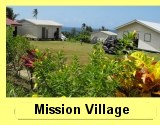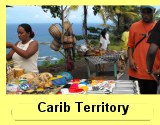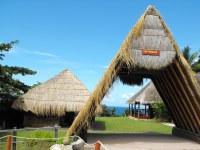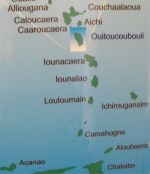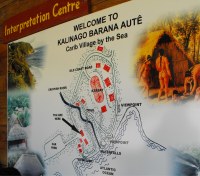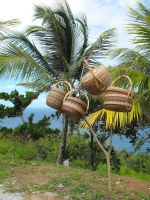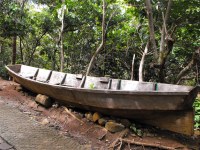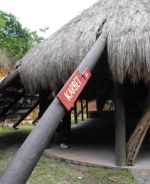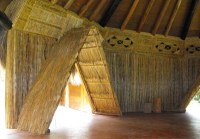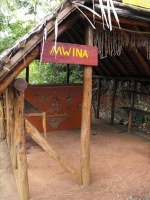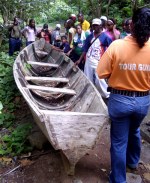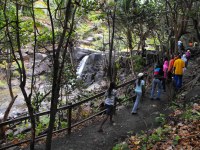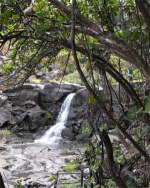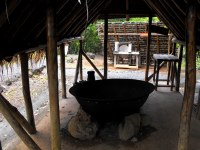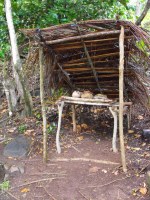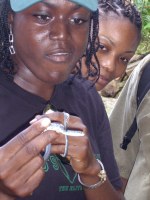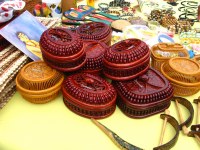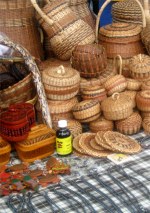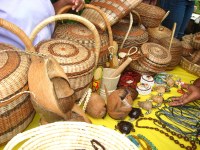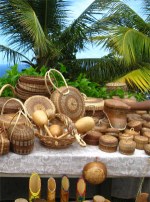 |
|
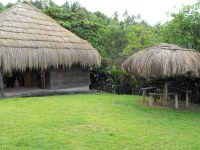 |
The Kalinago Barana Auté is
built on 4.2 acres of land and boasts a number of structures,
including an Administration and Interpretation Centre, a Craft
Shop, Demonstration Buildings, a Snackette, and a Karbet. Situated
close to the sea, the site has a waterfall and a river flowing
through it with a series of trails running through it. |
| The Kalinago Barana Auté honours
the diversity, history and heritage of the Kalinago people by
presenting their customs and cultural traditions and by providing
an opportunity for visitors to experience, learn about and appreciate
their way of life. |
|
The Project is expected to offer many opportunities and services
to the Kalinago people. Some of these are:
• Provide an opportunity for visitors and the people of Dominica
to experience, learn about and appreciate the uniqueness of the Kalinago
culture;
• Develop programs so that the Village can host special events,
education and community programs and facilitate research;
• Provide ongoing economic benefits of heritage tourism to the
Carib Territory by providing work, small business opportunities and
the sale of crafts, traditional foods and herbs;
• Reintroduce plants from the pre-Columbus era by developing
a plant restoration program to restore the area with traditional trees,
herbs, grasses, berries and traditional food plants.
Since the 2000 General Elections, the Government of Dominica has
placed the development of the Carib people high on its agenda. In
September 2000, the Coalition Government led by Prime Minister, Hon.
Roosevelt Douglas, established a Department of Carib Affairs.
In 2003, the Government of Prime Minister Hon. Pierre Charles formally
endorsed the Carib People Development Plan.
On May 12th 2005 history was created, when for the very first time,
Prime Minister, Hon. Roosevelt Skerrit, named a Carib, Hon. Kelly
Graneau, as the Minister for Carib Affairs.
| The official opening of the Kalinago Barana Auté
is another manifestation of this Government’s strategy of
economic diversification, through the development of the tourism
sector. The development of the Kalinago people of Dominica is
an essential component of that strategy. |
|
|
|


